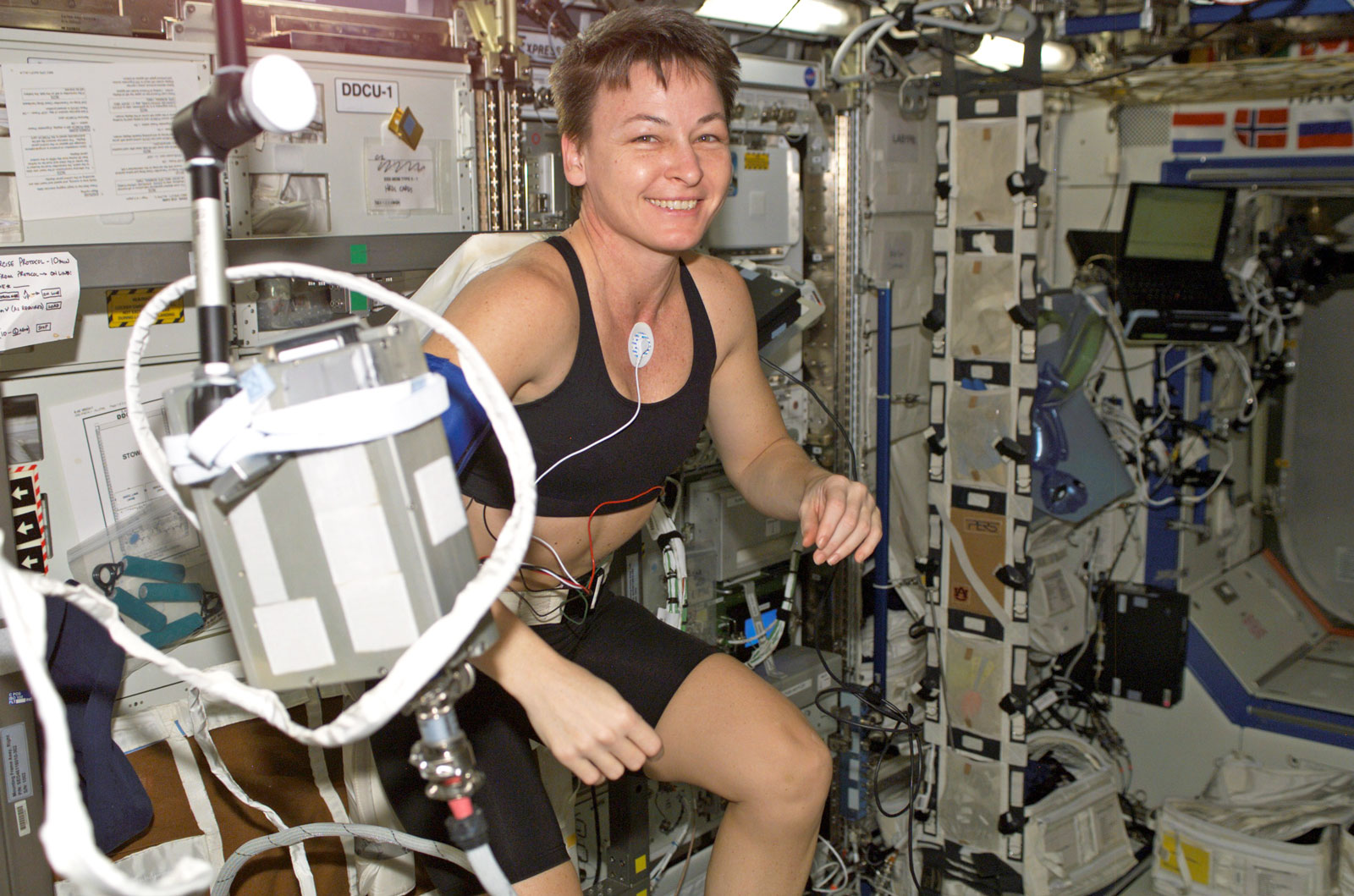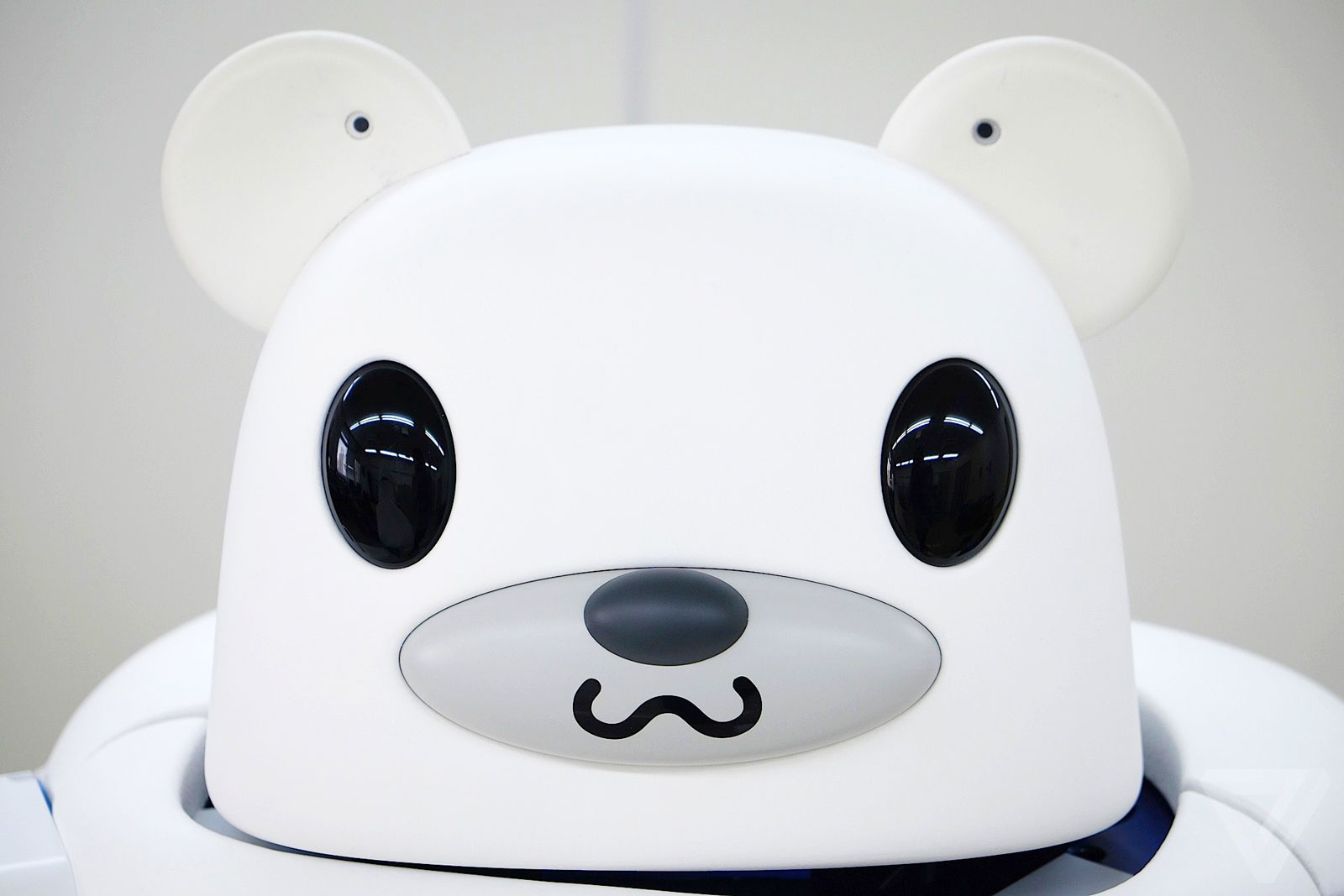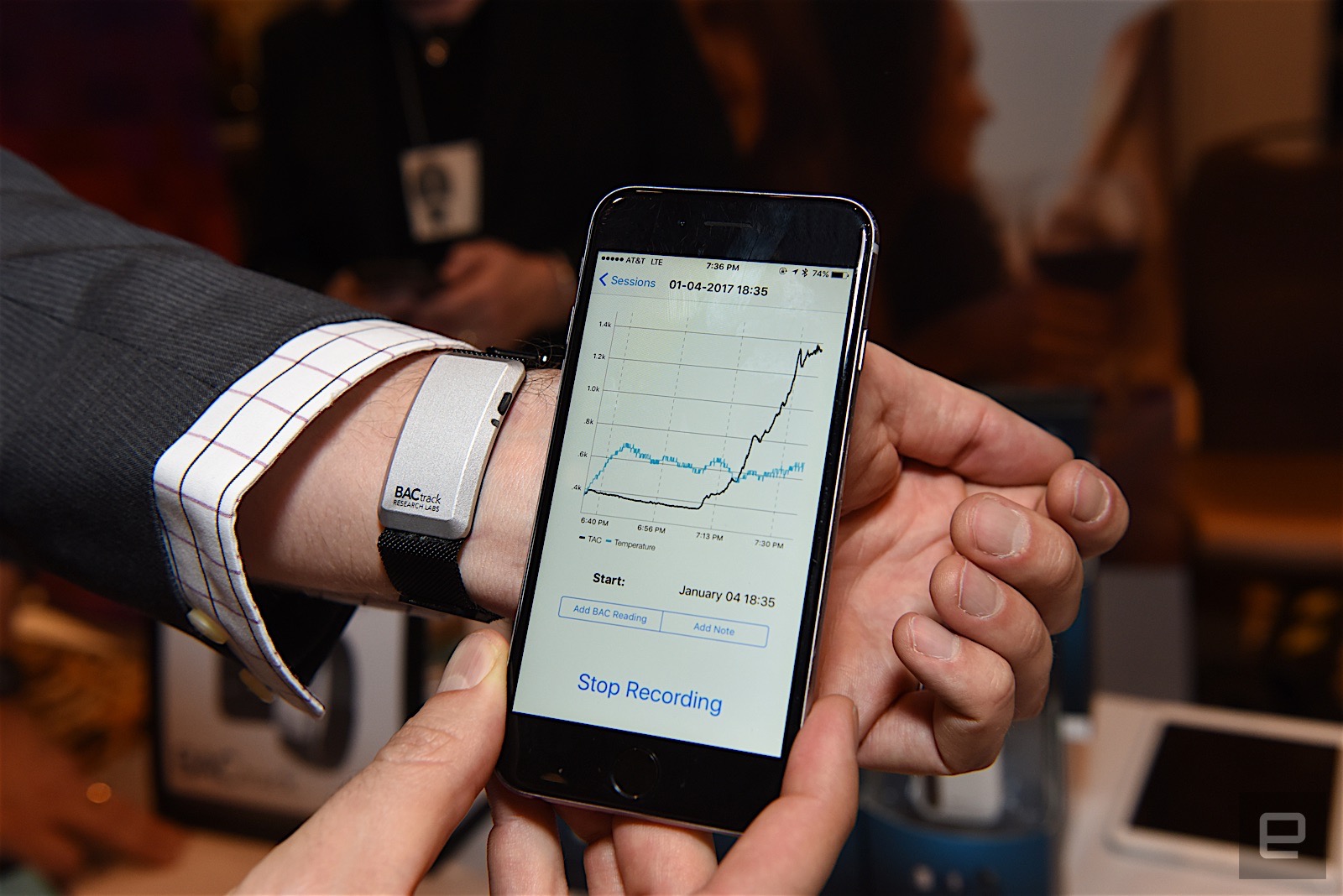Harvard University and the Wyss Institute for Biologically Inspired Design announced today that they received $2.9M in a funding shot from the Defense Advanced Research Projects Agency.
There is still a lot to work on the soft, wearable exoskeleton, but with such important backers, the success is almost guaranteed. New Balance, a Boston-based startup specialized in 3D printed shoes, announced that it will collaborate with Harvard’s Wyss Institute on the wearable robot.
The term “wearable robot” was coined by Conor Walsh, head of the Harvard Biodesign Lab, and lead researcher designing the suit. Walsh described the exoskeleton as such as it can be easily worn under other clothes, and resembles a web that covers the limbs.
ReWalk or Ekso Bionics are two commercially-available exoskeletons, and one could easily think that the Soft Exosuit developed by Harvard competes directly against those. However, this one is entirely flexible, and this feature sets it apart.
Since the wearable robot includes some specially designed footwear (pictured above), one of the first benefits that derives from wearing the Soft Exosuit is the ability to walk longer distances. An increase in strength can also be noticed when being equipped with the exoskeleton. The suit is said to follow the natural movement of the body, and only presents the aforementioned advantages when needed. As Welsh explained, “When the suit is active, the underlying muscles at the ankle and at the hip are doing less work.”
The elastic and non-stretchable materials, along with the cabling that covers the limbs, mimic the way our muscles and tendons work. The device is powered by motors that are attached to the hips of the wearer.
I would very much like to see a football (or soccer, for my American audience) game played with these, but considering DARPA’s interest, it’s almost a certainty that Harvard’s wearable exoskeleton won’t be used for sports. Instead, it will enable soldiers to cover greater distances while consuming less energy.
Welsh stated that a commercially-available version should be available in the next two to five years. This version could help hikers walk more, but it could also prove useful for people with impairments. The project is overall very interesting, and along with the Arizona State University-developed DARPA-commissioned jetpack for faster running, is proof that the military is interested in making soldiers move faster.
Be social! Follow Walyou on Facebook and Twitter, and read more related stories about the Daewoo Shipbuilding workers that are equipped with exoskeletons, and the Powered Jacket MK3 exoskeleton that helps school girls fight bullies.

 Space is no place for battles of the bulge. That's why NASA insists on getting its astronauts into peak physical condition before sending them offworld. But aboard the ISS, in a living space the size of a football field, the human body will readily g...
Space is no place for battles of the bulge. That's why NASA insists on getting its astronauts into peak physical condition before sending them offworld. But aboard the ISS, in a living space the size of a football field, the human body will readily g...
 Space is no place for battles of the bulge. That's why NASA insists on getting its astronauts into peak physical condition before sending them offworld. But aboard the ISS, in a living space the size of a football field, the human body will readily g...
Space is no place for battles of the bulge. That's why NASA insists on getting its astronauts into peak physical condition before sending them offworld. But aboard the ISS, in a living space the size of a football field, the human body will readily g...
 Both MIT and IBM are leaders in the field of Artificial Intelligence and now they're teaming up. IBM announced on Thursday that it had reached a 10-year research partnership agreement with the university worth nearly a quarter of a billion dollars. T...
Both MIT and IBM are leaders in the field of Artificial Intelligence and now they're teaming up. IBM announced on Thursday that it had reached a 10-year research partnership agreement with the university worth nearly a quarter of a billion dollars. T...
 Not content to simply blame millennials for killing practically everything, baby boomers are now expecting the younger generations to care for them in their agedness. The nerve. Indeed, some 13 percent of the American population is now 65 or older, t...
Not content to simply blame millennials for killing practically everything, baby boomers are now expecting the younger generations to care for them in their agedness. The nerve. Indeed, some 13 percent of the American population is now 65 or older, t...
 It has not been a proud week for America, what with the current administration randomly deciding to remove us as signatories to the Paris Climate Agreement and all. Luckily, the United States is still a nation of self-starters and problem-solvers who...
It has not been a proud week for America, what with the current administration randomly deciding to remove us as signatories to the Paris Climate Agreement and all. Luckily, the United States is still a nation of self-starters and problem-solvers who...
 At 7pm the exhibition center's doors opened and hordes of journalists broke through the velvet rope line holding them at bay. They rushed down broad, carpeted hallways, deftly ignoring the staff's pleas for calm and demands for proper identification....
At 7pm the exhibition center's doors opened and hordes of journalists broke through the velvet rope line holding them at bay. They rushed down broad, carpeted hallways, deftly ignoring the staff's pleas for calm and demands for proper identification....










